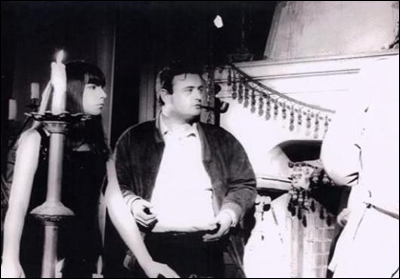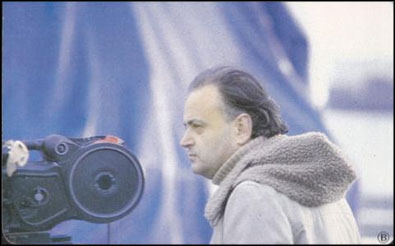The Friday Afternoon Movie: Rare Exports 1 And 2
Well, dear reader, here we are on the cusp of Christmas, for some a yearly orgy of food and gifts in honor of the birth of Santa Claus and, for others, a terrible day which brings a visitation by the infernal Krampus. Regardless of whether you are gorging yourself or trembling in fear, we here at the FAM would like to offer you a few minutes of seasonal motion picture entertainment.
Today we present parts one and two of Finnish director Jelmari Helander’s thoroughly entertaining Rare Exports series, the third of which was released on December 3rd as a full length feature. Released in 2003 and 2005 they are presented as promotional/training videos for a company in Finland, Rare Exports, Inc, dealing with the tracking, capturing, training, and handling of Father Christmases for sale abroad.
It is an almost absurdly simple conceit and the entire exercise could have come off as completely banal were it not for the gravelly narration by Jonathan Hutchings and appropriately stoic performances from the main cast of Tommi Korpela, Jorma Tommila, and Tazu Ovaska, their grim visages a counterpoint to Otso Tarkela delightfully feral Kris Kringle. Jean-Noël Mustonen manages to capture both a stark beauty and palpable griminess with his camera, both of which do well to accentuate the moments of surreal humor throughout each film. For all the scenes of waving grass and abattoir-esque training rooms, these are still movies that feature three men chasing down a nude, 300 year-old Father Christmas and taking him down with tranquillizer darts, all in order to domesticate him so that he may have a child on his lap without having to worry about him eating them.
On another note, I must say that I really appreciated Helander using the same cast from film to film. Even the full-length release retains most of the original cast with the exception of Tarkela (for obvious reason) and Ovaska. Were this an American production, this may have not been the case, one need only look at the Finnish and American trailers of the new film to get a sense of how things could have gone horribly awry. It’s a small thing to be sure but I enjoy the continuity across all three films.
And that is going to wrap it up for this year’s Yuletide edition of The Friday Afternoon Movie. From everyone here, we wish you and yours a pleasant and Krampus free holiday.





